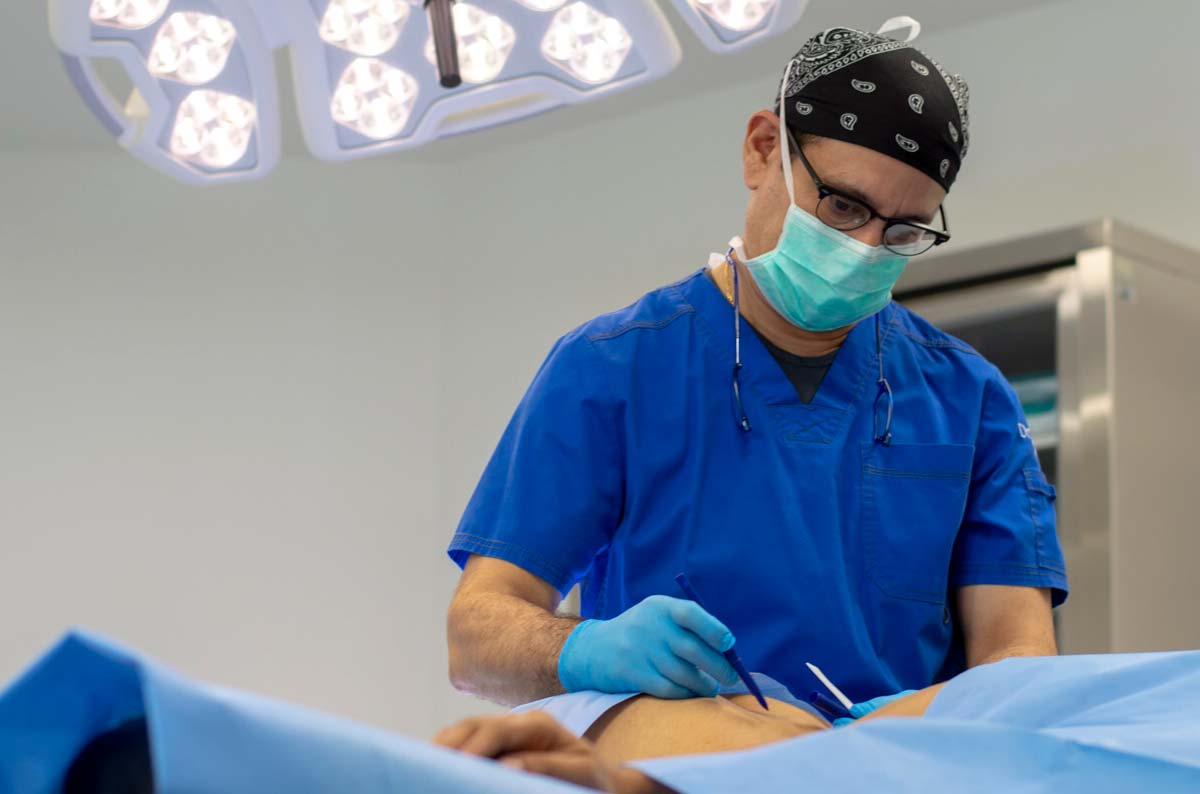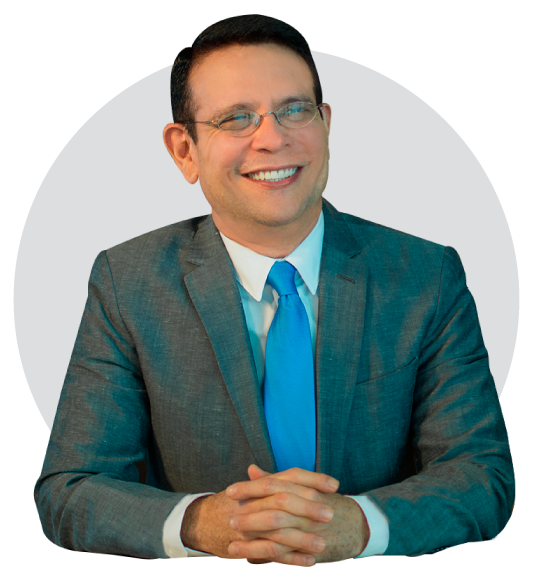When a person undergoes bariatric surgery to lose weight and loses between 40 and 60% of the excess they had, they may require plastic surgery to remove excess and sagging skin.
“After massive weight loss as is known in the post-bariatric patient, it is necessary to correct each anatomical area.” Generally, this surgery is indicated one year after the first admission to the Operating Room, when the maximum extra kilos has already been lost.
The main anatomical areas that must be corrected are:
“The patient, after his cutaneous excesses, suffers a new psychological impairment that must be treated and considered as an important stage of the corrective process”, once these patients are subjected to some bariatric surgical treatment, several months pass until the aesthetic alterations caused by weight loss become evident. These sequels are presented with a wide variety and without a well-defined anatomical pattern. They mainly consist of cutaneous laxity and lipodystrophies located in various body regions, depending on the degree of previous obesity and the constitution of each individual. It is at this point that the Plastic Surgery assessment is planned, however the optimal time to start the reconstructive process is not subject to the patient’s perception, but to the consensus of an entire interdisciplinary team.
Corrective plastic surgery is indicated and assessed by a Multidisciplinary Team (Cardiologist, Psychologist or Psychiatrist, Nutritionist Physician, Physiatrist, Plastic Surgeon among others) that treats the patient. It is these specialists who must give the pass to plastic surgeons. Before the procedure, the anesthesia time is calculated and all the antecedents of the patient’s medical history and the corresponding ones are analyzed.
Evaluations with the bariatric surgeon and the nutrition team. After that stage, we proceed to reconstructive plastic surgery in steppes.
Plastic and Reconstructive Surgery
The patient will go to Plastic Surgery only after having completed all previous assessments, with the corresponding notes recorded in the clinical file. Requirements to start the reconstructive process:
Surgical procedure planning:
The first of the reconstructive procedures will be decided by the treating reconstructive plastic surgeon taking into account the patient’s opinion regarding the aesthetic-functional alteration that most affects him. However, this will only serve as an orientation to be able to define the order of approach of the areas susceptible to reconstruction.
The resulting choice must be respected, since it will be taken according to the maximum benefit for the patient.
In the event that it is not at its ideal weight for surgery but requires the resection of a dermo-fat panicle in order to improve its functional performance (favor its physical activity), the procedure must be assessed by the interdisciplinary team by submitting consensus the risk-benefit that will be provided to the patient, who in turn must sign a detailed informed consent of the surgical procedure to be performed.
The total reconstruction of the patient will be divided into different surgical events addressing specific anatomical regions, all to reduce the risks related to prolonged surgeries (over 6 hours).
The division of anatomical regions is as follows:
The procedures to be performed according to the anatomical regions described are:
Integration of criteria for surgery programming:
The following criteria must be integrated as a result of the approval of the specialties that make up the interdisciplinary team:

Posted 16 October, 2019

Posted 7 October, 2019
